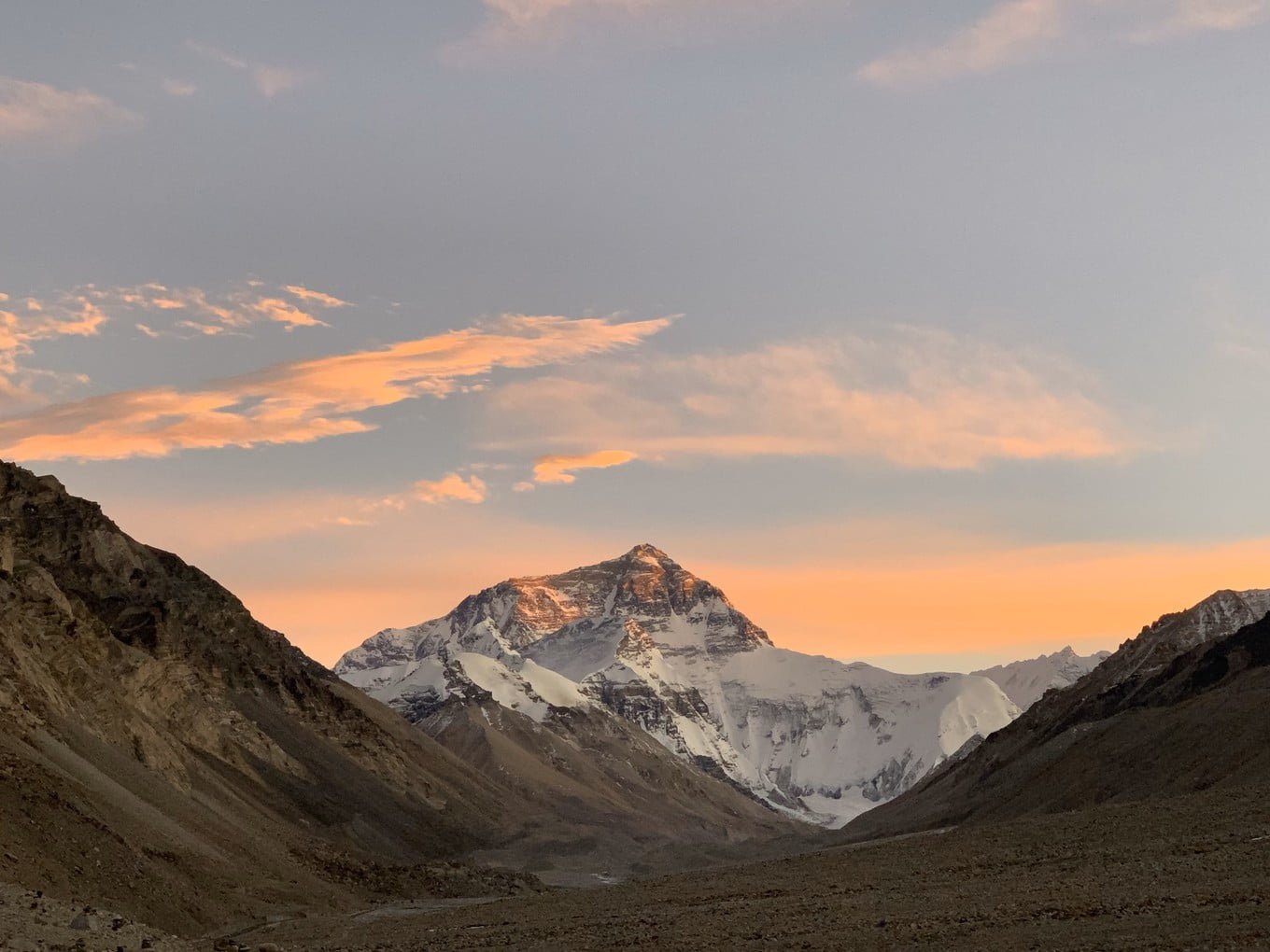The art history of making copper sculptures, including various copper alloys, has a long and rich history. In China, as early as the Xia and Shang Dynasties, different bronze products showcased exceptional craftsmanship and profound aesthetic meaning. From the Han and Tang dynasties onward, cultural exchanges between China and foreign countries became more frequent. With the introduction of Buddhism, the local craft of casting copper statues experienced unprecedented growth. As a result, bronze statue art emerged as a significant part of Chinese culture and an essential art form.
Starting with this article, we will briefly overview the traditional production process for ancient bronze statues.
Metal Buddha statues are made using casting techniques like the “pottery model method,” “lost wax method,” and “sand foundry method.” The “Ceramic Method”.

Ancient clay statue production involves several steps.
- Select fine, malleable, and heat-resistant clay for the mould material.
- Sculpt the Buddha statue with detailed attention using clay. This clay sculpture is known as the “mould” and “inner mould.”
- Removing the inner mould divides the mould into multiple pieces, also called the “living block mould.” The mould shapes the outer form of the Buddha statue.
- Most cast statues are hollow, so after obtaining the outer mould, scrape off a layer from the inner mould to determine the wall thickness of the cast.
- This modified inner mould, known as the “core,” determines the shape of the inner chamber of the Buddha statue.
- To strengthen them mechanically, fire both the outer mould and inner mould into ceramics.
- Mould matching: Combining and fixing ceramic moulds to create a space for pouring molten copper. After cooling, the fan and mould are removed to obtain the copper cast.
- Trimming details: The finished bronze statue needs to be trimmed, such as repairing the trachoma, grinding specific areas, and repairing the gate and riser. The gate is the entrance for the copper liquid casting, while the riser is a supplementary mould that prevents defects in the casting process.
The above are the basic principles of the pottery casting method, with many technical principles and detailed skills involved in actual operation. In ancient times, the pottery-fan method was used to cast statues. Since moulds and fans were only used once, each piece was unique. However, for mass production, a set of moulds can be copied to make multiple pieces from one mould when necessary.
The lost wax method is an excellent technique for casting bronze objects, with evidence of its use as late as the Eastern Zhou Dynasty.
This technique is commonly used to cast bronze Buddha statues. The process involves the following steps:
- Sculpture wax pattern: In the traditional lost wax method, a single wax pattern is cast at a time. However, for mass production, wax patterns are made from moulds instead of being purely handmade. Except for very small wax figures, they are made hollow.
- Mud coating process: The wax pattern has a wax liquid outlet at the bottom. It is then wrapped with refractory mud using multiple layers, which consist of modern water glass and quartz powder. The mud-coated wax pattern is then dried, and the hollow part of the wax figure is also filled with refractory material.
- Lost wax casting involves melting a wrapped wax mould in water at 80-95°C, allowing the liquid wax to be discharged. The remaining wax is then heated to eliminate it completely, resulting in a solid clay shell cavity. Copper liquid is poured into this shell and, upon cooling, the mud shell is broken to extract the filling. This process forms the bronze statue. Small statues can be cast as a single piece, whereas larger statues are cast in separate parts for the head, torso, arms, and pedestal, which are subsequently welded together.
- Post-retouching: Cast copper Buddha statues require repair work, including removing gates and risers, fixing trachoma, and performing local grinding. These steps are done to enhance the details and refine the statutes.
The sand foundry method involves pouring molten copper water into a mould cavity, known as a sandbox, and allowing it to cool and solidify to obtain the desired work. The process principle is straightforward.
Create a “wooden model” divided into upper and lower sections. Place the lower section of the mould on a flat plate and fill it with moulding sand. Flatten and smooth the sand by pressing and scraping it. Rotate the sand mould 180 degrees to remove the lower section, leaving a cavity known as the lower sandbox. Repeat the process to create the upper sandbox. Finally, combine the two sandboxes to form a complete sand mould, ready for pouring.
When making sand moulds, it is necessary to consider that the volume of hot copper water will shrink after cooling. Therefore, the size of the wooden mould needs to be increased according to the shrinkage ratio based on the original size of the casting, and the surface that needs to be machined should be thickened accordingly. The sand mould must have sufficient bonding strength to be moulded into the desired shape and resist the scour of high-temperature copper water without collapsing; it is typically made of sand mixed with binders and water. After casting and forming, it also needs to go through processes such as sand removal, repair, and grinding. The production of large-scale copper Buddha statues generally uses the “boring method.” This process utilizes the excellent ductility of copper to cover the copper sheet on the tin or copper mould, and then uses chiselling, welding, and other processing methods to complete the overall splicing.
This craft originated in Nepal and follows the following process:
- Mould Preparation: Use a “living block model” to cast parts of the Buddha statue in tin. The model is composed of many blocks, usually a fraction of the local three-dimensional shape.
- Cutting: Cut thin copper plates into desired shapes. 3. Aborting: Place the cut copper plates on the tin mould and beat them with a hammer to fit the mould and form the partial shape of the Buddha statue. 4. Chiseling: Use a chiselling tool to emboss certain parts if necessary. 5. Welding: Weld and combine the completed copper parts to create a hollow and complete large copper statue. 6. Polishing: Polish the surface of the Buddha statue, including the welding traces, to achieve a fine finish.
- The “beating method” is a technical form in which thin metal (copper, gold, silver) sheets are covered on a special mould, and hammered to form relief works. It also uses the good ductility of metals, and the principle is similar to the tire-aborting method. Tibetan Dharma protector face is made by “beating method”. The difference between “beating” and “aborting”: the method of beating is used to make large-scale hollow three-dimensional statues, and the method of beating is used to make flat relief works; this kind of relief works are widely used in local decorations such as pagodas, Buddhist halls, and niches.
After the initial completion of the bronze statues, they undergo various technological processes including trimming, polishing, chiselling, and gold plating. Additionally, they are stored until they are considered complete and embody artistic and divine attributes. Modern Nepalese artisans skillfully trim semi-finished Buddha statues using chisel flower craft.





